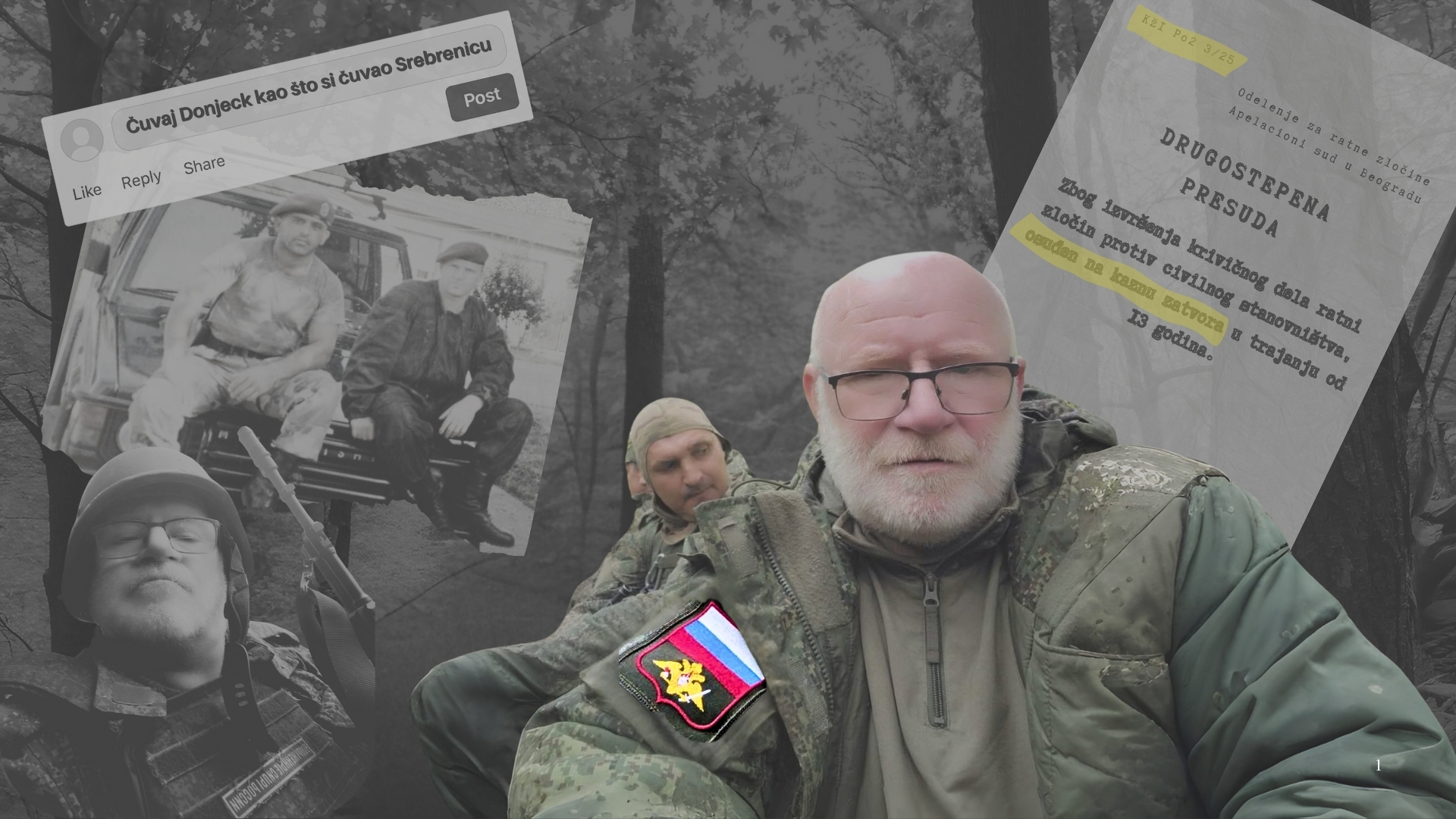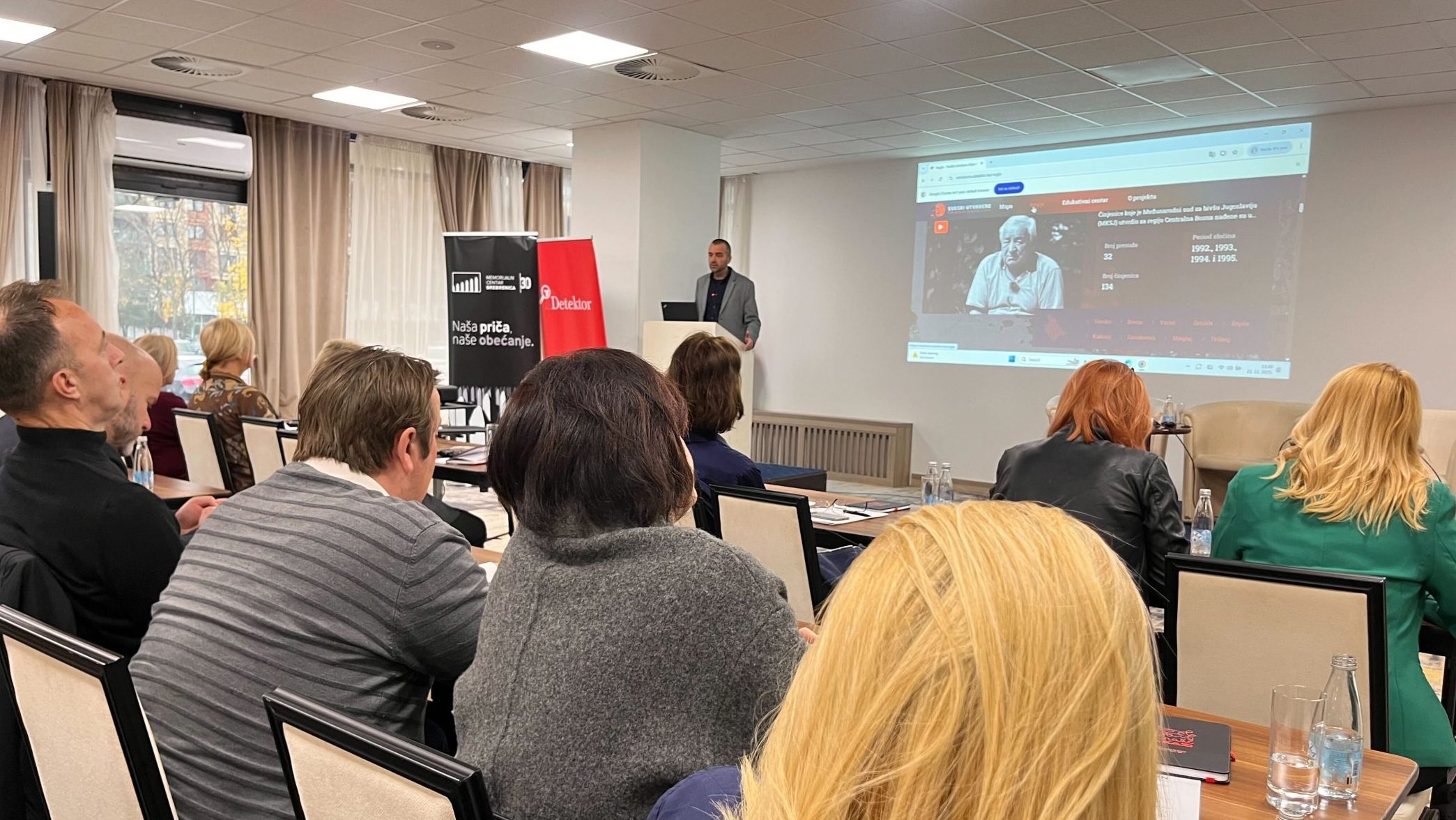This post is also available in: Bosnian

BIRN’s Last Despatches exhibition, commemorating the reporters, photographers and other media workers who lost their lives as a result of the 1990s Yugoslav wars, opens on Tuesday evening in Sarajevo.
BIRN will also be launching a Last Despatches book, which tells the stories of 20 of the journalists who were killed through interviews with their families, colleagues and friends.
The launch will be held at a venue in Sarajevo which will from next year host BIRN’s new museum, the Reporters’ House, which will be dedicated to media issues, the wars in the former Yugoslavia and challenges to contemporary journalism.
The exhibition and book are based on BIRN’s long-running online series, Last Despatches, which documents some of the 155 people who died during the conflicts and shortly afterwards.
Some of them were foreign correspondents, but most of them were citizens of the warring Yugoslav republics. Some were shot while reporting from the front lines, while others were gunned down in the streets of their hometowns, or even killed in their own offices.
“What is hard to believe is that so far, only one person has been convicted, under a final verdict, of being responsible for any of these killings. The lack of any other convictions shows that impunity for violence against reporters and other media workers has persisted for decades after the wars in Yugoslavia ended,” said BIRN’s regional director, Marija Ristic.
“The exhibition tells the stories of some of these reporters who courageously reported the war and its aftermath, exposing atrocities and human rights abuses despite the risks they faced. It is a memorial for lost colleagues, and a tribute to their work, but at the same time a reminder that we need free media to build free societies,” Ristic added.
The venue for the exhibition in Sarajevo will next year become a new museum and community space, under the current working name of the Reporters’ House. It will be the first regional museum in the Balkans to tell the comprehensive story of the break-up of the former Yugoslavia and the wars that erupted as the unified state collapsed.
The museum will offer a compelling, fact-based narrative but will not simply be a heritage venue for wartime history. It will also serve as a space for journalists to gather and discuss critical issues facing the societies of South-East and Central Europe, exchanging ideas with experts from outside the region about the development of quality journalism and investigative reporting and the role of media in conflicts and conflict prevention.
The Last Despatches exhibition opens on Tuesday and will be on display from 12 noon to 8pm every day at Ferhadija 10, Sarajevo, from December 15 until December 19.


